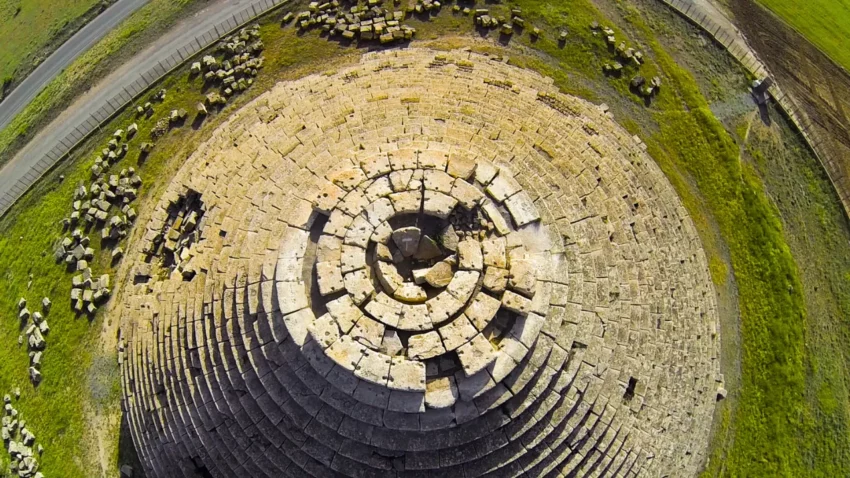Algeria, a country rich in history and diverse landscapes, boasts some of the most impressive ancient sites and historical places in North Africa. This blog post delves into eight of Algeria’s most extraordinary landmarks, each offering a unique window into the country’s vibrant past. From the well-preserved Roman ruins of Djemila and Timgad to the coastal splendor of Tipasa, the majestic Royal Mausoleum of Mauretania, and the ancient tomb of Madghacen, these sites reveal the grandeur of past civilizations. Additionally, we’ll explore the soothing thermal baths of Hammam Essalihine, the medieval stronghold of Beni Hammad Fort, and the prehistoric rock art of Tassili n’Ajjer. Join us as we embark on a journey through Algeria’s rich archaeological and historical heritage, discovering the stories and architectural wonders that have shaped this fascinating nation.
Get your dose of History via Email
Djemila
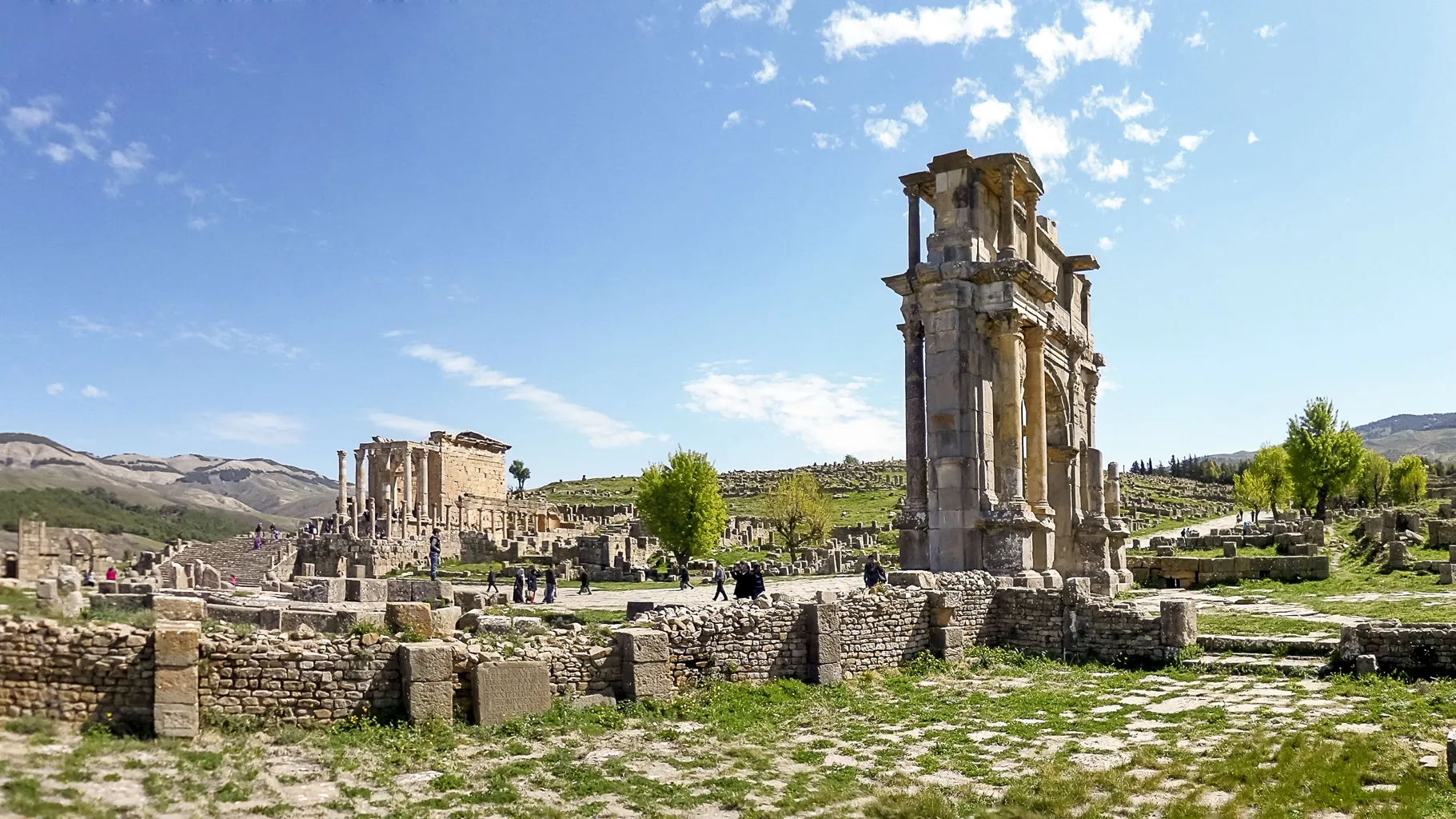
Djemila, known in ancient times as Cuicul, is a stunning example of Roman architecture in North Africa. Its historical significance lies in its well-preserved ruins that offer a glimpse into Roman civilization. The site features the Arch of Caracalla, a grand entrance, and the Temple of Venus Genetrix, showcasing intricate designs. Built around the 1st century AD, Djemila’s ruins are a testament to the Roman Empire’s reach. Visitors should aim to visit in spring or autumn for pleasant weather. While there, check for any entrance fees and remember to wear comfortable shoes for exploring.
Timgad

Timgad, or Thamugadi, was founded by Emperor Trajan around 100 AD. It’s a prime example of Roman town planning, complete with a rectangular street grid and a central forum. The Trajan Arch and the Capitoline Temple are key architectural highlights. Timgad’s historical significance lies in its role as a cultural and military hub. The best time to visit is from April to June when the weather is mild. Small entrance fees apply, and guided tours are highly recommended to fully appreciate the site’s history.
Tipasa
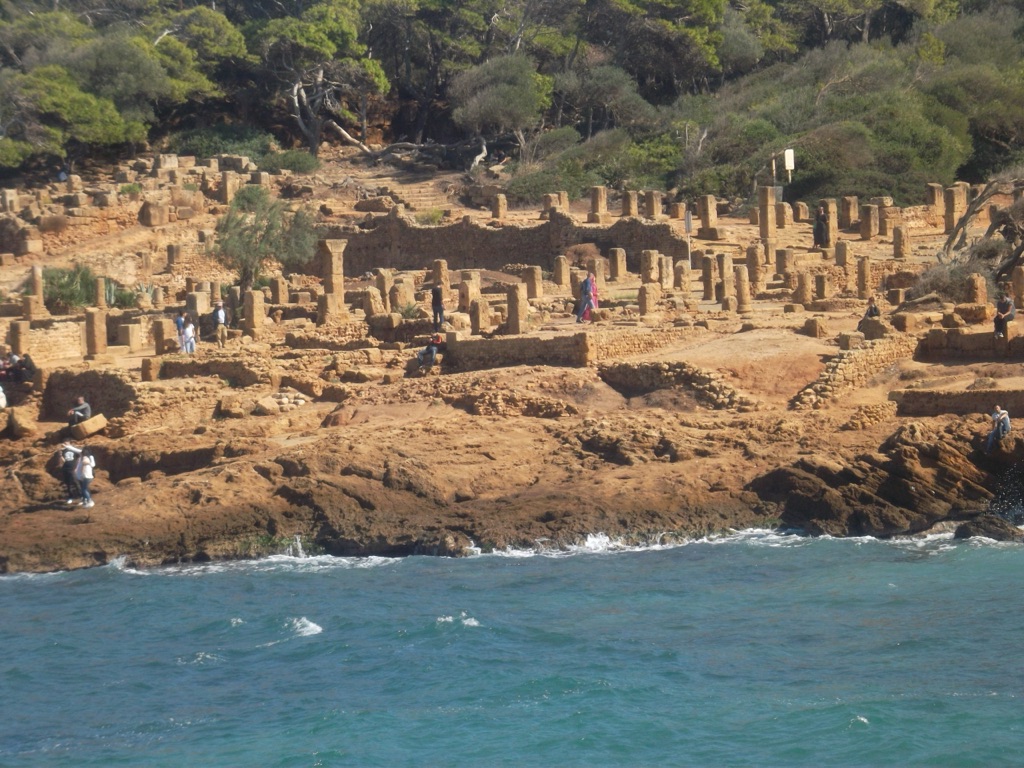
Tipasa is a unique blend of Punic, Roman, Byzantine, and Christian ruins along the Mediterranean coast. Its historical significance stems from its role as a trading post and its diverse cultural influences. Notable features include the Roman amphitheater and the Basilica of St. Salsa, dating back to the 4th century AD. For the best experience, visit Tipasa during spring or fall. There may be a nominal fee for entry, and visitors should not miss the stunning sea views at sunset.
The Royal Mausoleum of Mauretania
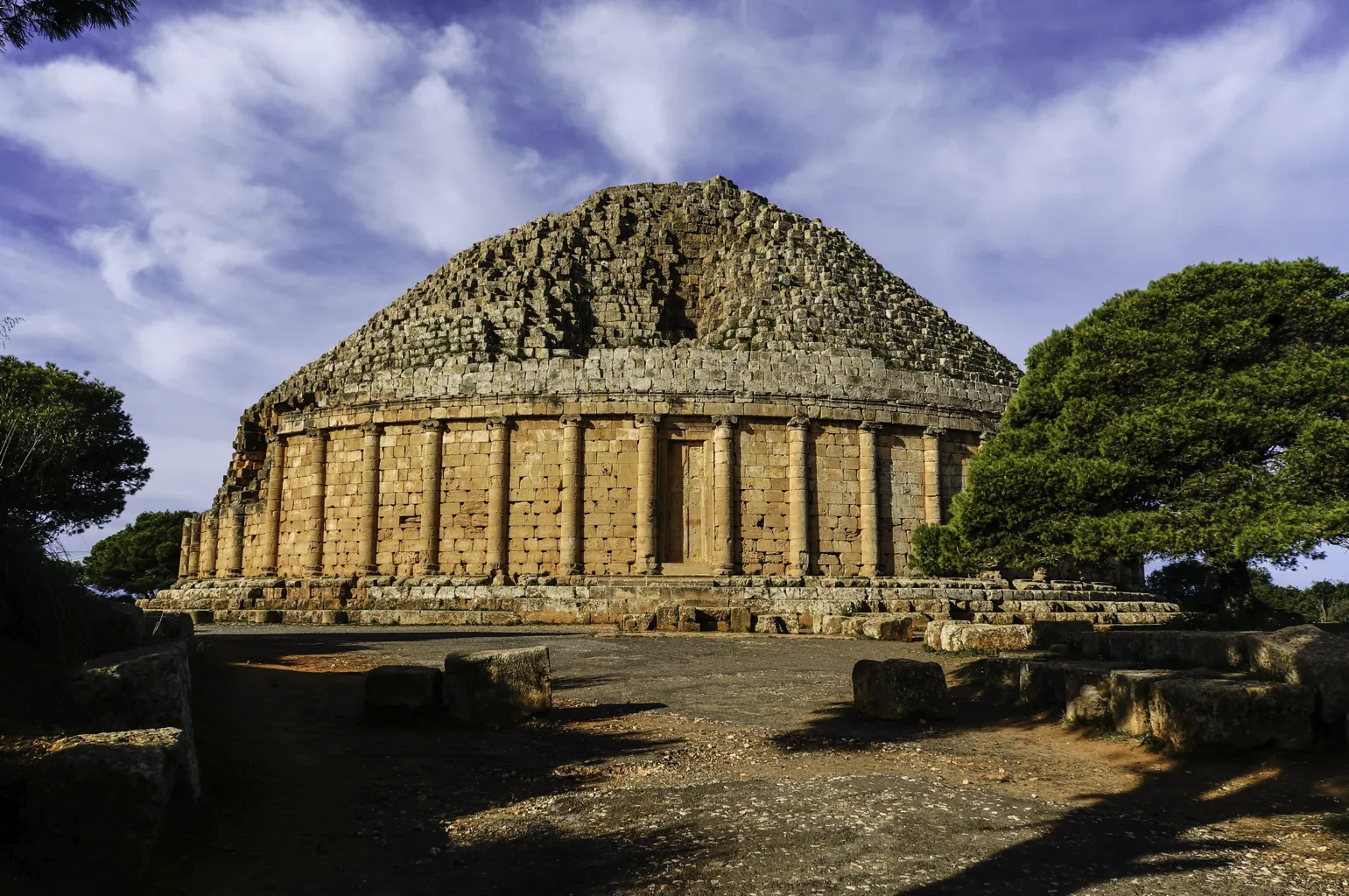
The Royal Mausoleum of Mauretania, also known as the Tomb of the Christian Woman, dates back to between 3rd and 4th century BC. It’s the resting place of Berber royalty and is significant for its pre-Roman indigenous architecture. The mausoleum features a unique conical shape and intricate stonework. Visitors are best to come in the cooler months and should be prepared for a small entrance fee. The site offers panoramic views, so bring a camera to capture the scenery.
Madghacen
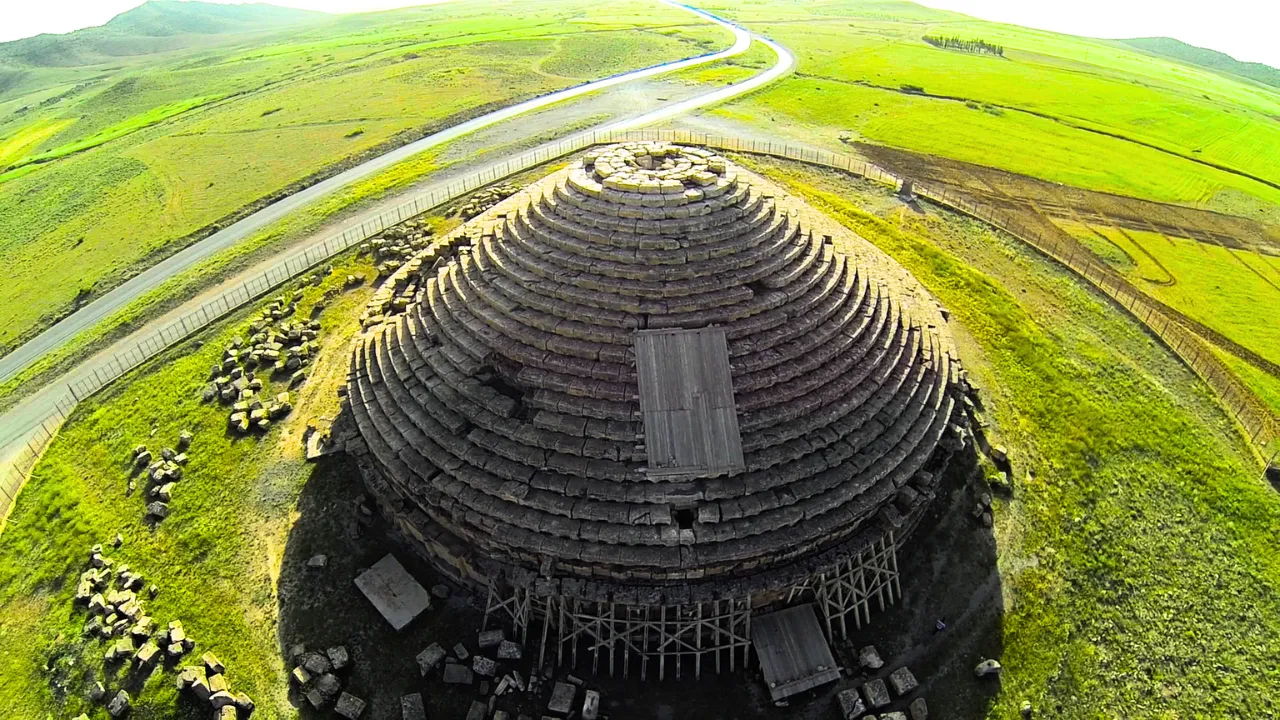
Madghacen, also known as Medracen, is a significant ancient monument located in the Batna Province of Algeria. This grand mausoleum, attributed to the Berber Numidian king Madghis, dates back to the 3rd century BC. It stands as an architectural marvel, with its circular base measuring around 60 meters in diameter and its height reaching approximately 19 meters. The structure exemplifies pre-Roman North African funerary architecture, blending indigenous and Hellenistic design elements. The monument, constructed from stone and adorned with intricate carvings, serves as a testament to the region’s historical and cultural heritage, highlighting the prominence of Numidian civilization in antiquity.
Hammam Essalihine
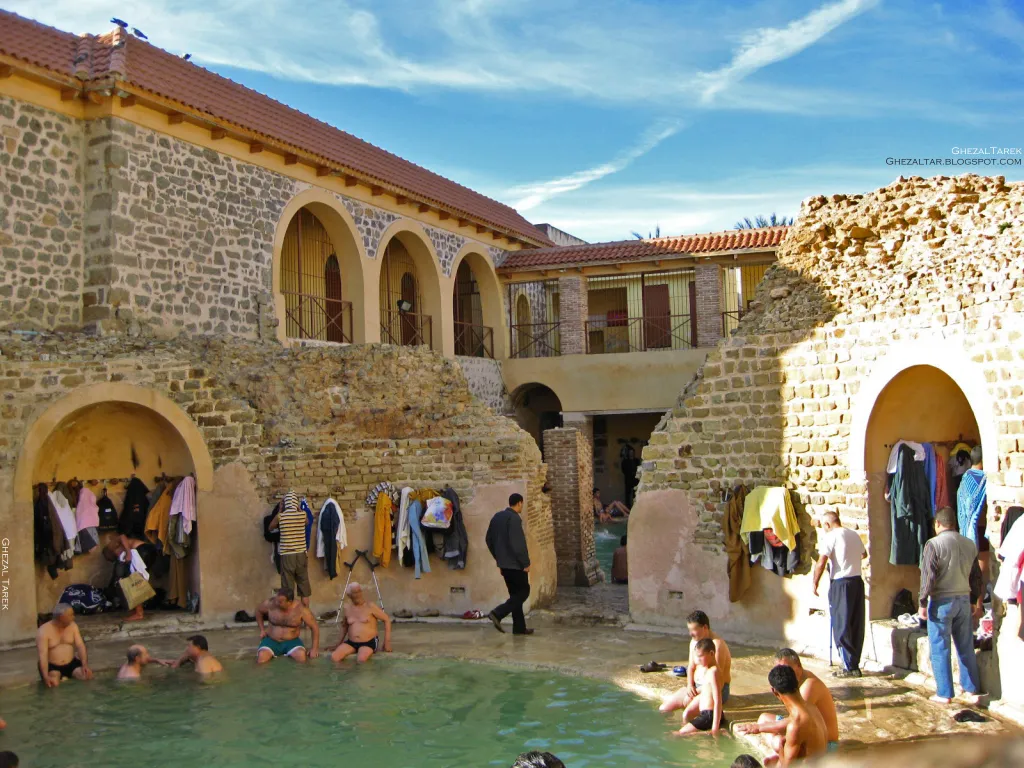
Hammam Essalihine, also known as Aquae Flavianae, is a renowned Roman-era thermal bath located in the Aurès Mountains of Khenchela Province, Algeria. Dating back to the 1st century AD, this well-preserved site showcases the architectural and engineering prowess of the Roman Empire. The baths, fed by natural hot springs, were designed for both therapeutic and social functions, featuring large pools, changing rooms, and intricate mosaics. The continuous use of Hammam Essalihine through centuries highlights its enduring significance, making it a cultural and historical landmark that reflects the blending of Roman and indigenous traditions in North Africa
Beni Hammad Fort
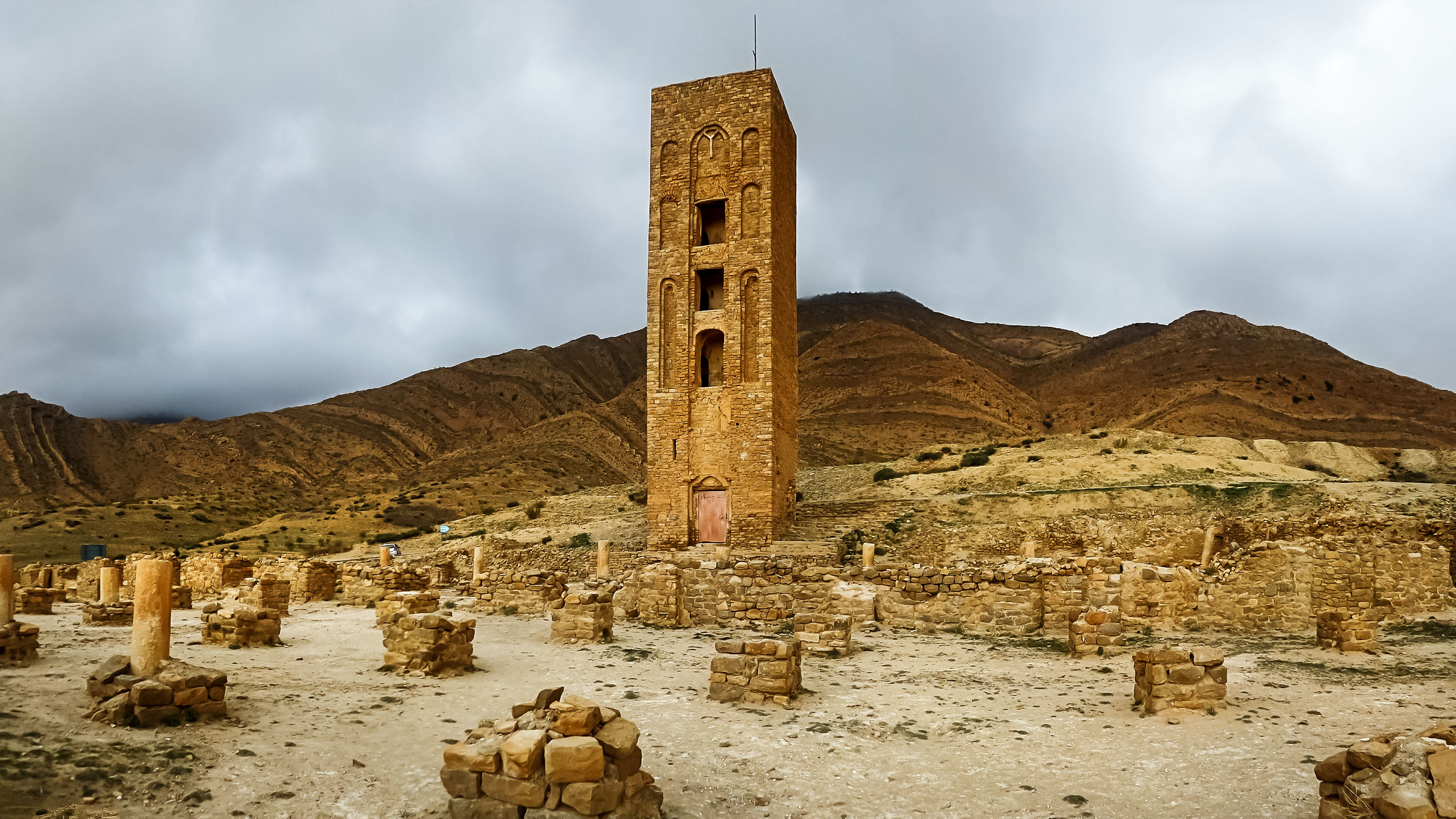
Beni Hammad Fort, or Al Qal’a of Beni Hammad, is the first capital of the Hammadid dynasty, built in 1007 AD. Its historical significance lies in its Islamic architecture and art. The site includes a large mosque with a towering minaret and palatial ruins. The best time to visit is in the spring when the surrounding landscape is lush. There is typically an entrance fee, and visitors should wear comfortable shoes for walking the expansive site.
Tassili n’Ajjer
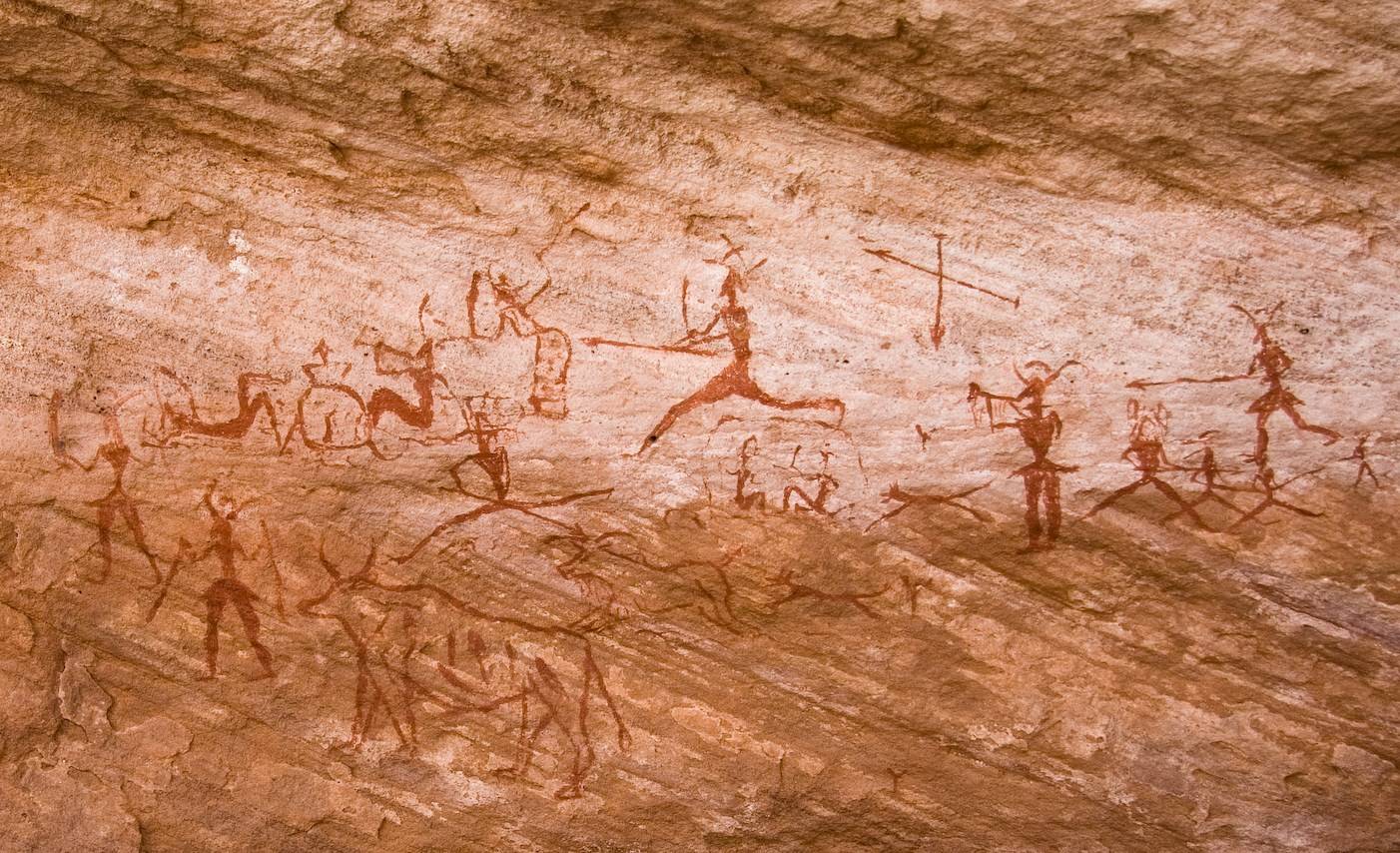
Tassili n’Ajjer is a vast plateau located in southeastern Algeria, renowned for its stunning landscapes and rich prehistoric rock art. Spanning nearly 72,000 square kilometers, this UNESCO World Heritage site is characterized by its dramatic sandstone formations, deep gorges, and extensive cave paintings and engravings that date back as far as 12,000 years. These artworks provide a fascinating glimpse into the lives of early human societies, depicting scenes of hunting, dancing, and daily activities, along with various animal species that once roamed the region. The geological formations, shaped by wind and erosion, create a surreal, almost otherworldly landscape, making Tassili n’Ajjer a significant site for both its cultural heritage and natural beauty.

